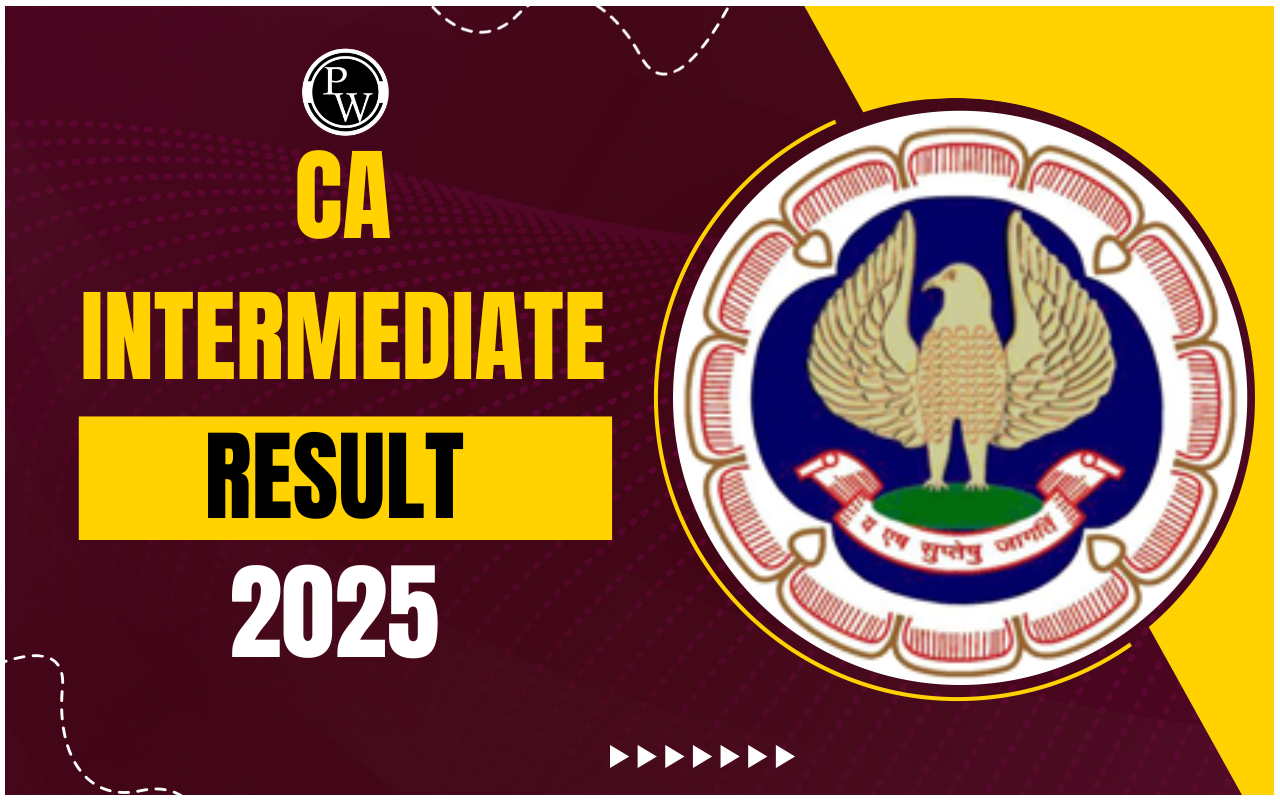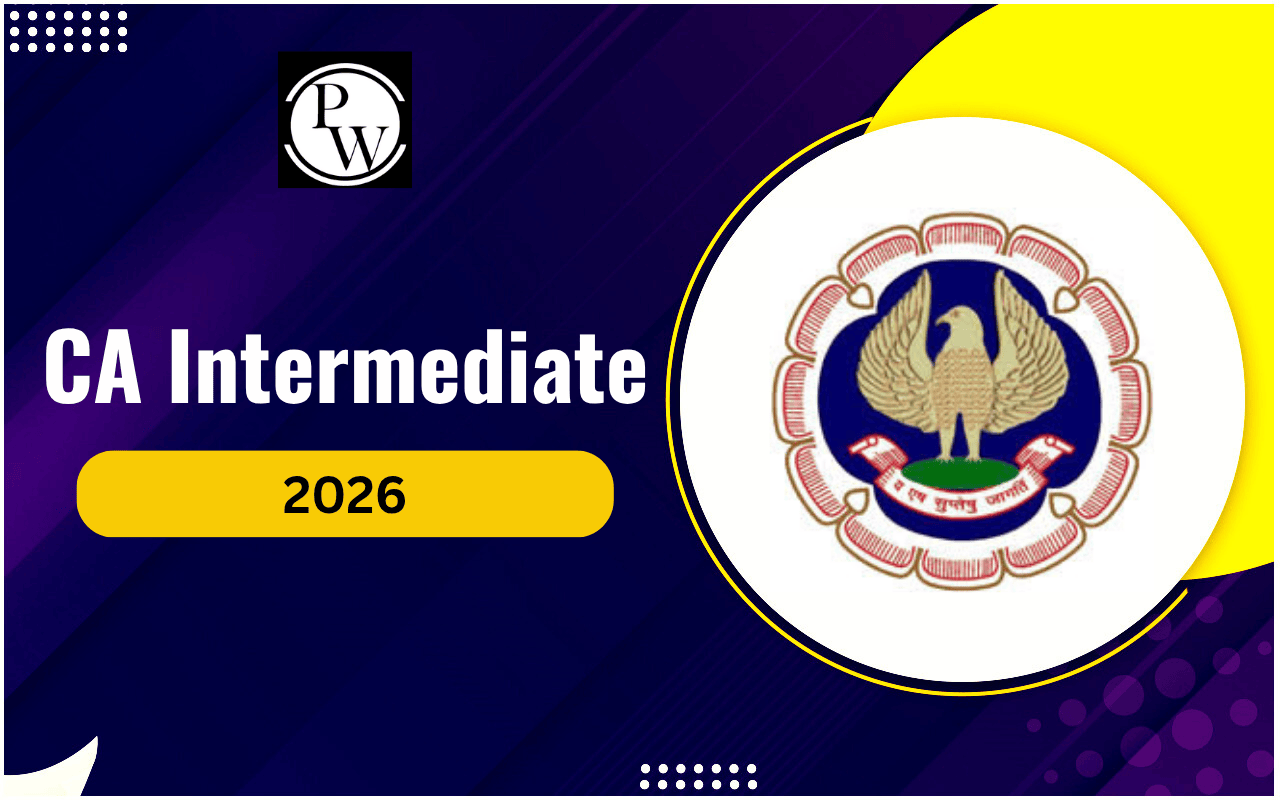

Understanding the FM and SM Cost of Capital is essential for CA Intermediate students, especially for mastering the Financial Management (FM) and Strategic Management (SM) subjects. This key concept plays a vital role in determining the minimum returns expected by investors and stakeholders, making it crucial to every finance professional. This article will explore the FM and SM Cost of Capital, its significance, various types, and how you can apply it practically.
What is Cost of Capital?
Cost of Capital is the minimum rate of return that a company must earn to satisfy its investors and maintain its market value. In simple terms, it’s the “cost” a business incurs to raise funds through debt or equity. For CA Intermediate FM and SM students, understanding the Cost of Capital is crucial for grasping broader financial management principles and applying them effectively in real-world contexts. The cost of capital serves as a benchmark for making investment decisions, assessing profitability, and driving strategic financial choices.Why is FM and SM Cost of Capital Important?
The FM and SM Cost of Capital serves as a cornerstone for numerous financial strategies. Not only does it impact a company’s valuation, but it also influences the company’s decision-making in areas like project funding, dividend policies, and more. For CA students, understanding this importance is crucial as it will allow you to assess when projects are worth investing in or if they're likely to diminish value. Whether it’s debt, equity, or a mix, the cost of capital is vital for maintaining a balanced financial approach in any organization.
Types of Cost of Capital
In the CA Intermediate FM and SM syllabus, you’ll find several types of cost of capital essential to master:Cost of Debt:
This represents the cost of borrowing funds and includes the interest paid on loans. Calculating the cost of debt requires understanding pre-tax and post-tax costs, as interest expenses are tax-deductible.Cost of Equity:
Unlike debt, equity doesn’t come with guaranteed returns. Instead, it’s based on expected returns by shareholders and is often calculated using models like the Capital Asset Pricing Model (CAPM).Weighted Average Cost of Capital (WACC):
This is the average cost of all capital sources (debt, equity, preferred stock) weighted according to their proportions in the firm’s capital structure.Cost of Retained Earnings:
Often overlooked, retained earnings represent the cost of internally generated funds. The opportunity cost for shareholders is reinvested profits rather than dividends. Understanding these types not only covers a large portion of the FM and SM Cost of Capital syllabus but also allows students to see how these costs affect business decisions and financial strategies.Practical Applications of Cost of Capital in Financial Management
The FM and SM Cost of Capital is used beyond theoretical knowledge, it’s a practical tool in financial management and strategic decision-making. Here are some ways it’s applied:- Investment Appraisal: By comparing the cost of capital with project returns, financial managers decide if projects are worth pursuing.
- Capital Budgeting: This involves selecting projects that will yield returns greater than the company’s cost of capital, ensuring value addition.
- Valuation of Assets: Cost of capital is crucial in valuing assets and calculating intrinsic values, helping to determine buy-sell decisions.
- Strategic Planning: Companies use it to strategize long-term growth, optimize capital structure, and maximize shareholder value.
FM and SM Cost of Capital FAQs
What is the cost of capital in FM and SM?
The cost of capital is the minimum rate a business must earn on its investments to satisfy its investors and maintain its financial health.
Why is cost of capital crucial in financial management?
It acts as a benchmark for evaluating investment projects and guiding strategic financial decisions, ensuring that capital is utilized efficiently.
How does the cost of debt differ from the cost of equity?
The cost of debt involves interest payments on borrowed funds, while the cost of equity reflects shareholder expectations for returns.
What is WACC, and why is it important?
WACC, or Weighted Average Cost of Capital, represents the average rate of return required by all investors and is critical for capital budgeting and project valuation.
Talk to a counsellorHave doubts? Our support team will be happy to assist you!

Check out these Related Articles
Free Learning Resources
PW Books
Notes (Class 10-12)
PW Study Materials
Notes (Class 6-9)
Ncert Solutions
Govt Exams
Class 6th to 12th Online Courses
Govt Job Exams Courses
UPSC Coaching
Defence Exam Coaching
Gate Exam Coaching
Other Exams
Know about Physics Wallah
Physics Wallah is an Indian edtech platform that provides accessible & comprehensive learning experiences to students from Class 6th to postgraduate level. We also provide extensive NCERT solutions, sample paper, NEET, JEE Mains, BITSAT previous year papers & more such resources to students. Physics Wallah also caters to over 3.5 million registered students and over 78 lakh+ Youtube subscribers with 4.8 rating on its app.
We Stand Out because
We provide students with intensive courses with India’s qualified & experienced faculties & mentors. PW strives to make the learning experience comprehensive and accessible for students of all sections of society. We believe in empowering every single student who couldn't dream of a good career in engineering and medical field earlier.
Our Key Focus Areas
Physics Wallah's main focus is to make the learning experience as economical as possible for all students. With our affordable courses like Lakshya, Udaan and Arjuna and many others, we have been able to provide a platform for lakhs of aspirants. From providing Chemistry, Maths, Physics formula to giving e-books of eminent authors like RD Sharma, RS Aggarwal and Lakhmir Singh, PW focuses on every single student's need for preparation.
What Makes Us Different
Physics Wallah strives to develop a comprehensive pedagogical structure for students, where they get a state-of-the-art learning experience with study material and resources. Apart from catering students preparing for JEE Mains and NEET, PW also provides study material for each state board like Uttar Pradesh, Bihar, and others
Copyright © 2025 Physicswallah Limited All rights reserved.
Get App










